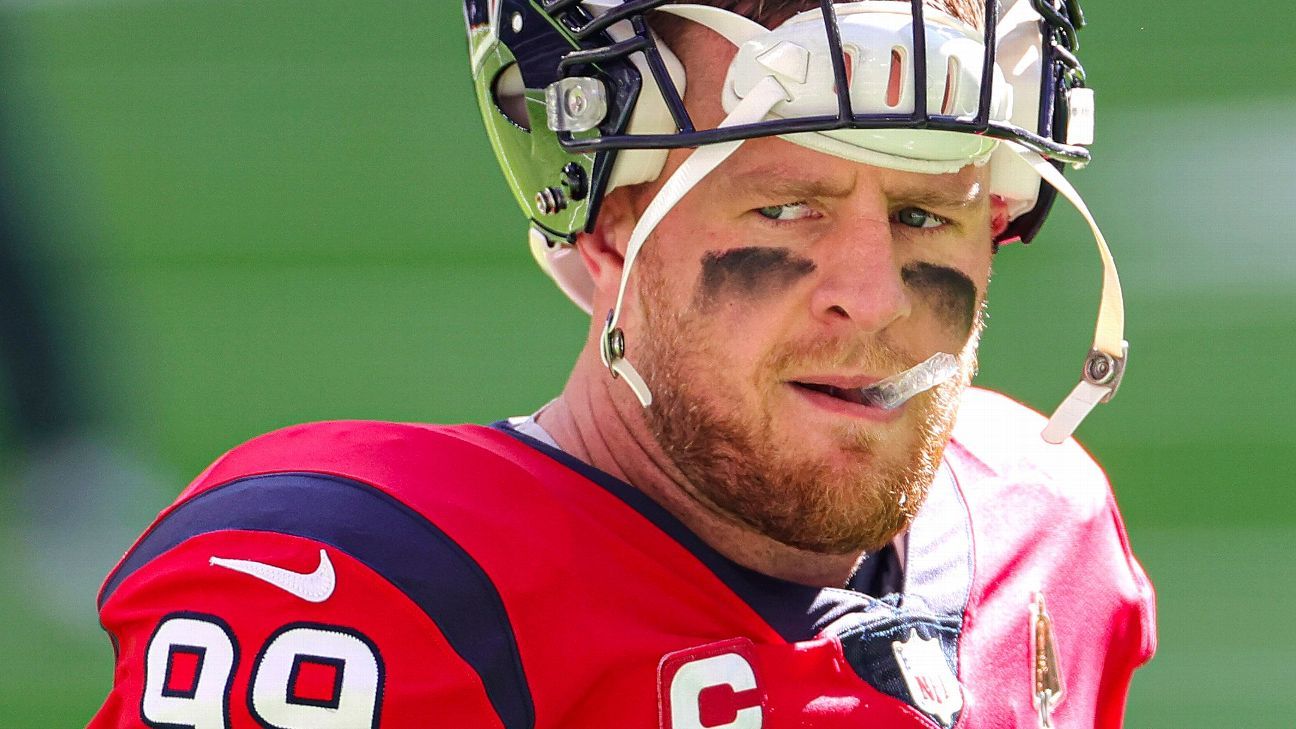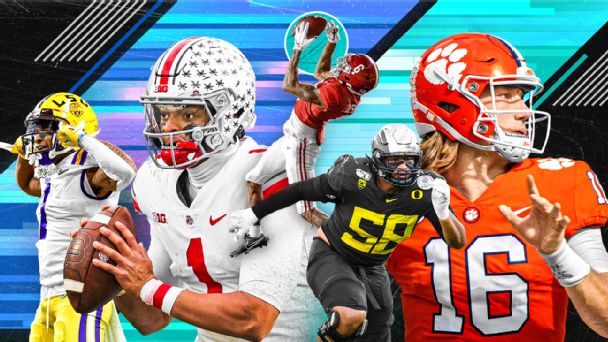
BUFFALO, N.Y. — The early-offseason circus is done; the Buffalo Bills will not sign defensive end J.J. Watt, who agreed to a two-year deal with the Arizona Cardinals on Monday.
Sources told ESPN’s Dianna Russini that the free-agent D-lineman had previously received interest from multiple teams and the Bills were among them.
But the Bills likely aren’t done trying to make changes to their defensive line. No team spent more on that position group than Buffalo last season, and although it did lead to the league’s second-best pass rush win rate (according to NFL Next Gen Stats), it didn’t necessarily lead to the elite production one would expect for the $51 million cap hit it took, per Spotrac.

The Bills signed defensive end Mario Addison to a three-year, $30 million deal last offseason, and defensive tackles Quinton Jefferson and Vernon Butler to two-year deals worth $13.5 million and $15 million, respectively. They also drafted defensive end AJ Epenesa in the second round and hired defensive line coaches Jacques Cesaire and Eric Washington.
Toward the latter part of the season, the defensive line’s level of play rose with Buffalo’s entire defense. However, with several additions and defensive tackle Star Lotulelei opting out, there was no avoiding its lull at the beginning of the season.
“I don’t think as a group they were in sync early; no preseason [because of the coronavirus pandemic] probably didn’t help that group with all the changes including both coaches there,” Bills general manager Brandon Beane said. “Eric did a great job, and Leslie Frazier, too, of figuring out what these guys do well. We were a little smaller up front this year, just the way it worked out. And so figuring out who can anchor in there, who can provide pass rush, you know we don’t want to get run on all day, we also got to get some guys in there to affect the quarterback.
“We feel like it starts up front and we’ve got to be good there before we can worry about the back end. … We were probably still a little light for my comfort level, and I think we really had to focus on stopping that run and maybe that affected some other areas, whether it was getting to the passer or just defending the pass in the back end.”
As Beane alluded to, the Bills struggled against the run last season. They were 23rd in run-stop win rate, which explained their 17th-ranked run defense. Their final numbers against the run were bolstered by a five-game stretch to end the season during which they held three opponents under 100 rushing yards. Through the first 10 weeks of the season, however, Buffalo allowed 135 rushing yards per game — the fifth-most in the NFL over that span.
How Buffalo ended the season paves the way for optimism that this group can excel moving forward, but the financial situation might not allow that to happen.
A salary cap that was once expected to hit as high as $215 million is now expected to be a little more than $180 million for the 2021 season. If the cap reaches $188 million as Spotrac projects, then Buffalo would be $3 million under the cap with multiple unrestricted free agents to consider. It will likely have to shed multiple contracts in order to offer any new ones, and many of the team’s sheddable contracts lie on the defensive line.
Buffalo can save $6 million or more by releasing any of Addison, Jefferson or Butler. Doing so, however, leaves them in a similar position as last season — having to integrate new defensive linemen during what will almost certainly be another abnormal offseason. Lotulelei’s return should help mitigate that, as would the continued development of Epenesa, who was far enough behind to begin his rookie season that the team made him a healthy scratch in Week 1.

“AJ played at a much heavier weight at Iowa and we asked him to get his body weight down, make it a better body comp from a fat percentage,” Beane said. “Not only did he get it down, he went way down, and he came in probably a little too light, lighter than we wanted. But that showed how hard he had worked this offseason, and I think he came in and started a little slow, and we were a little worried how he was going to hold up against the run early on. He added a little bit, but then he just couldn’t move the needle. He played well, he improved his pass rush.”
“Coaches wanted to earn that trust from him, having some veterans in Jerry [Hughes] and Mario [Addison] and Trent [Murphy] and those guys, but I think he’s got a high ceiling and it’ll be a big offseason for him.”
Buffalo’s longest-tenured player, Hughes, was its best pass-rusher last season, but he needs help — hence the team’s interest in Watt.
There are still high-end options via free agency, such as Yannick Ngakoue, Jadeveon Clowney or Carl Lawson, or possibly a reclamation project such as Vic Beasley, who led the NFL in sacks in 2016 with 15.5, but has 18 total since.
“That’s a critical area for our football team to improve. We have to be able to affect the quarterback with a four-man rush,” Bills coach Sean McDermott said. “At times we did that and other times we could have been better — just like our entire defense or entire football team — so there’s still meat on the bone there.
“More than anything, what coach Washington was able to do was lay a foundation of techniques and understanding, and that’s the growth we made during the season. The exciting piece is when the guys come back they understand now what’s expected in terms of the techniques and the fundamentals that go with playing at a high level at that position.”
